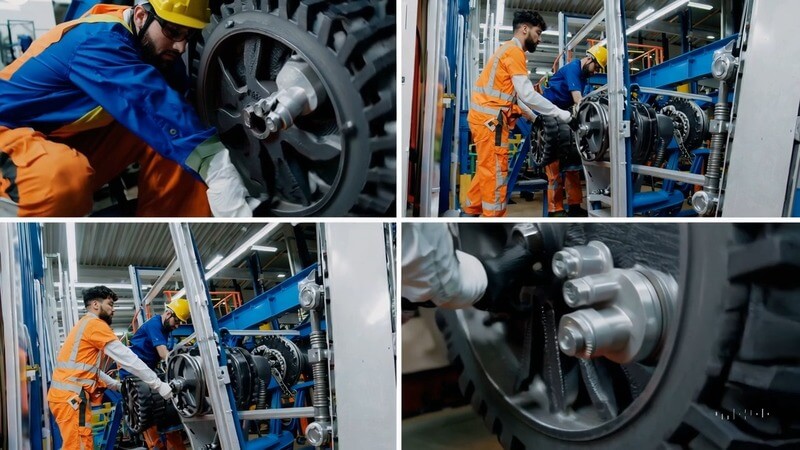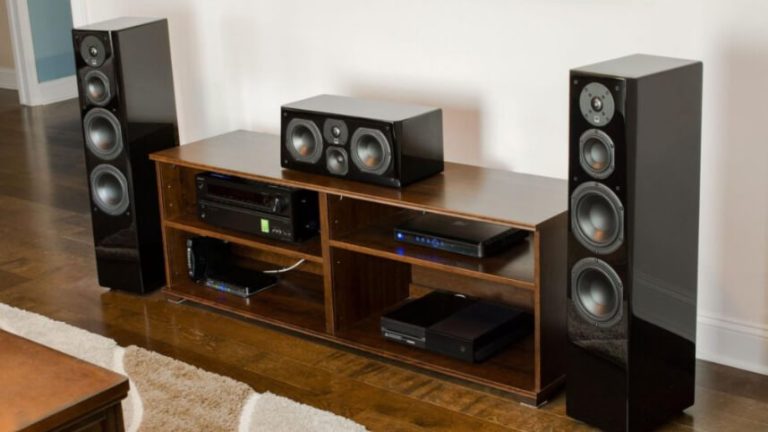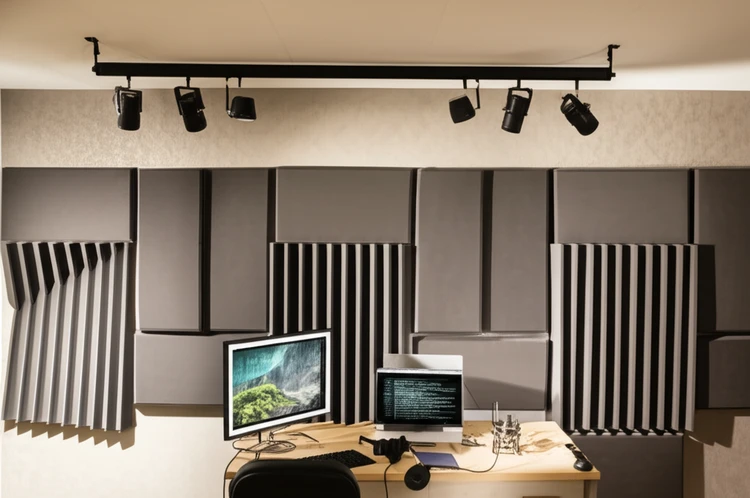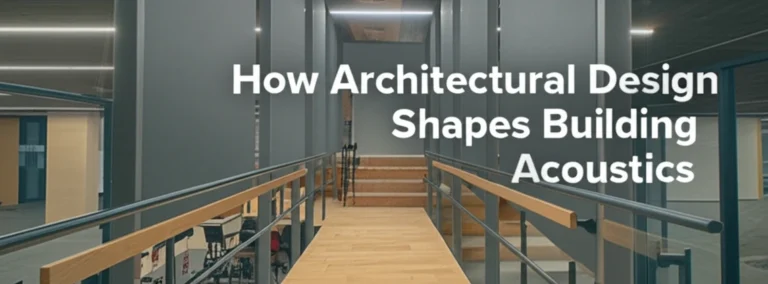
Industrial noise isn’t just an annoyance; it poses serious risks to worker health, productivity, and even equipment efficiency. The World Health Organization estimates that over 1 billion young people are at risk of noise-induced hearing loss due to unsafe listening practices, including occupational noise exposure. In industrial settings, prolonged exposure to high decibel levels can lead to permanent hearing loss, tinnitus (ringing in the ears), increased stress, cardiovascular issues, and reduced workplace morale.
Studies have also shown a correlation between high noise levels and decreased productivity, with some research indicating a drop in output by as much as 66% in extremely noisy environments. Beyond these health and productivity concerns, excessive noise also affects operational efficiency by masking important auditory signals, such as alarms or critical communication.
What are the best ways to reduce industrial machinery noise effectively? The answer isn’t simple, as industrial noise control is not a one-size-fits-all solution.
It requires a strategic approach tailored to specific machinery, working environments, and applicable industry regulations. This article will explore practical and proven ways to reduce industrial machinery noise for improved workplace safety, enhanced productivity, and greater operational efficiency.
The Impact of Industrial Noise on Safety and Productivity
Causes of Industrial Noise
- Vibrations: Equipment vibrations are a primary source of noise. Vibrations travel through structures, such as floors, walls, and supporting frames, as well as through the air, amplifying and transmitting sound throughout the workspace.
- Mechanical Operations: Processes like cutting, grinding, stamping, and drilling generate high decibel levels, often exceeding safety limits.
The impact and friction of these operations create intense sound waves that propagate quickly.
- Airflow and Fluid Dynamics: Air compressors, pumps, turbines, and exhaust systems create disruptive noise due to turbulent airflow. The high velocity and pressure changes associated with these processes contribute significantly to overall noise levels.
Effects on Workplace Safety
- Hearing Damage: Noise-induced hearing loss (NIHL) can occur from prolonged exposure to noise levels above 85 decibels. This damage can range from temporary threshold shifts (TTS), where hearing recovers after a period of quiet, to permanent threshold shifts (PTS), leading to irreversible hearing impairment.
Tinnitus, a persistent ringing or buzzing in the ears, is another common consequence of noise exposure.
- Increased Accident Risk: Excessive noise makes it harder to detect warning alarms, machinery malfunctions, or verbal instructions, increasing the risk of accidents. This masking effect of noise can have serious safety implications.
- Stress and Fatigue: High noise levels contribute to elevated stress, fatigue, and irritability, reducing focus, concentration, and overall efficiency. Chronic exposure to noise can also lead to sleep disturbances and cardiovascular problems.
Regulatory Standards
- OSHA: The Occupational Safety and Health Administration (OSHA) in the United States mandates a maximum permissible exposure limit (PEL) of 90 dBA for an 8-hour workday.
OSHA’s regulations also outline requirements for hearing conservation programs, noise monitoring, and worker training. (Learn more about OSHA’s noise standards.)
- ISO 11690: The International Organization for Standardization (ISO) 11690 provides guidelines for designing low-noise workplaces by integrating noise control measures into industrial layouts and equipment specifications. This standard emphasizes a proactive approach to noise management.
- Compliance: Adhering to these and other relevant standards is crucial for ensuring worker safety, minimizing health risks, and avoiding legal penalties for employers.
Evaluating Noise Isolation Requirements
Assessing Noise Levels
- Sound Level Meters: Use integrating sound level meters (ISLMs) to accurately measure the average noise exposure over time.
These meters should be calibrated regularly. Different types of sound level meters exist, including Type 1 (precision) and Type 2 (general purpose). The appropriate type will depend on the specific application and required accuracy.
- Acoustic Audits: Conduct periodic acoustic audits by qualified professionals to identify persistent noise hotspots and assess the overall noise environment.
These audits should include detailed measurements, mapping of noise levels throughout the facility, and identification of noise sources.
Determining Noise Sources
- Component Identification: Pinpoint specific components or processes responsible for generating high noise levels, such as motors, bearings, gears, fans, or exhaust systems. This may involve using specialized equipment like acoustic cameras to visualize sound sources.
- Environmental Factors: Evaluate external factors like room acoustics (reverberation time, reflections), material properties of surrounding surfaces, and interaction between adjacent equipment. Consider how the layout and materials within the workspace contribute to the overall noise levels.
Tailoring Solutions
- Customized Strategies: Develop customized noise isolation strategies based on the specific noise sources identified, the characteristics of the noise (frequency content, intensity), and the operational workflow.
For example, a solution for controlling high-frequency noise from a grinding operation might differ significantly from a solution for low-frequency noise from a large pump.
- Standards and Safety: Ensure that chosen solutions align with relevant industry standards, prioritize worker safety and well-being, and do not compromise productivity or operational efficiency.
Practical Noise Isolation Solutions
1. Acoustic Barriers and Enclosures
- Purpose: Block or reduce noise transmission from machinery to the surrounding environment.
- Applications: Enclose high-noise equipment like compressors, generators, and printing presses. Barriers can be used to shield workers from specific noise sources.
- Materials: Mass-loaded vinyl (MLV), reinforced steel, or high-density acoustic foam can be used to construct effective barriers and enclosures.
- Implementation Tips: Design enclosures with proper ventilation to prevent overheating of enclosed equipment.
Consider using sealed doors and windows, and ensure all seams and joints are properly sealed to minimize sound leakage.
2. Vibration Dampers
- Purpose: Minimize noise at its source by reducing mechanical vibrations.
- Applications: Suitable for fans, pumps, motors, and other rotating or reciprocating equipment.
- Options: Rubber mounts, spring isolators, and vibration pads are effective solutions. Selecting the right damper depends on the frequency and amplitude of the vibrations.
- Implementation Tips: Regularly inspect dampers for wear and tear and replace them as needed to maintain optimal performance.
Ensure that dampers are correctly sized and installed according to manufacturer specifications.
3. Sound-Absorbing Panels
- Purpose: Absorb sound waves to reduce echo, reverberation, and ambient noise levels within a space.
- Applications: Install panels on walls, ceilings, or strategically around machinery in noisy areas like workshops or production floors.
- Materials: Foam, fiberglass, or mineral wool panels with specific Noise Reduction Coefficients (NRC) are effective for sound absorption.
- Implementation Tips: Position panels strategically near noise sources or in areas with high reverberation for maximum impact. Consider the frequency content of the noise when selecting the appropriate panel thickness and material.
4. Noise-Canceling Machinery
- Purpose: Replace older, noisier machines with newer, quieter models designed with built-in noise reduction features.
- Applications: Prioritize upgrades for machinery that operates continuously or is located in close proximity to workers.
- Benefits: Reduced noise levels, potential improvements in energy efficiency, and enhanced operational reliability.
- Implementation Tips: Evaluate the cost-benefit ratio of replacing equipment, considering factors like the expected lifespan of the new machinery, potential productivity gains, and maintenance costs.
Selecting the Right Materials for Noise Isolation
Mass-Loaded Vinyl (MLV)
- Benefits: High-density material effectively blocks sound transmission due to its high mass. It is typically characterized by its Sound Transmission Class (STC) rating, with higher STC values indicating greater sound blocking capability.
- Best For: Reducing airborne noise around heavy machinery, constructing acoustic enclosures, and lining walls or ceilings.
- Durability: MLV is generally resistant to wear, tear, and harsh industrial conditions.
It is also relatively flexible, making it suitable for various applications.
Acoustic Foam
- Benefits: Lightweight and versatile, efficiently absorbs mid-to-high frequency noise. The NRC rating quantifies its sound absorption performance.
- Best For: Treating walls and ceilings in noisy industrial spaces, inside machinery enclosures, or in combination with other noise control materials.
- Cost-Effectiveness: Relatively affordable and easy to install for quick noise control improvements.
Composite Materials
- Benefits: Combine sound-blocking and sound-absorbing properties for comprehensive noise reduction. These materials often consist of multiple layers with different functionalities.
- Best For: Applications requiring multi-functional noise control, such as machinery with complex noise profiles consisting of both low and high frequencies.
- Emerging Trends: Research and development in composite materials continue to focus on improving performance, reducing weight, and incorporating recycled or sustainable materials to minimize environmental impact. Examples include recycled rubber composites and bio-based acoustic materials.
Optimizing Equipment Placement and Layout
Isolating Noisy Equipment
- Designated Areas: Designate separate, enclosed areas or rooms for particularly noisy machinery to limit sound propagation throughout the facility.
- Partitions and Barriers: Utilize heavy-duty partitions or barriers to physically segregate noise-heavy zones from quieter workspaces, ensuring minimal sound interference and protecting workers in less noisy areas.
Strategic Positioning
- Minimize Reflections: Arrange machinery to minimize sound reflection and reverberation. Avoid placing noisy equipment near reflective surfaces like bare concrete or metal walls. Instead, position equipment near sound-absorbing materials or surfaces.
- Spacing and Resonance: Maintain adequate spacing between pieces of machinery to reduce the potential for acoustic coupling and resonance, which can amplify noise levels.
Case Study: Effective Layout Design
A metal fabrication facility specializing in automotive parts reduced noise levels by 15 dB(A) by implementing a combination of noise control measures. The facility engaged a certified acoustic consultant to conduct a comprehensive noise assessment.
Based on the consultant’s recommendations, the facility installed acoustic enclosures around their press brakes and stamping machines, reducing noise levels at nearby workstations by 10 dB(A).
Additionally, they reorganized the layout of their welding area, moving the welding stations further from the grinding and cutting operations and implementing acoustic barriers between these areas. This resulted in a further 5 dB(A) reduction in noise levels in the welding area.
FAQ
What are the best noise isolation techniques for older machines?
Retrofitting older machines with vibration dampers, such as rubber mounts or spring isolators, can significantly reduce noise stemming from mechanical vibrations. Enclosing older machines with custom-built acoustic enclosures made from materials like mass-loaded vinyl or composite panels can further reduce noise transmission.
Adding sound-absorbing materials like acoustic panels to the walls and ceilings around older equipment helps manage residual noise and reverberation effectively. Prioritize these techniques for machines that are significant noise sources or operate near worker areas.
How do I measure the effectiveness of noise isolation solutions?
Use a calibrated integrating sound level meter to accurately measure noise levels before and after implementing noise control measures. Take measurements at representative locations within the workspace, focusing on areas where workers are typically located.
Compare the pre- and post-implementation noise levels to assess the effectiveness of each solution. Calculate the noise reduction in dB(A). You can also use dosimeters to measure individual worker noise exposures over time to ensure compliance with regulations.
Are there legal requirements for industrial noise control?
Yes, various regulations govern industrial noise control. In the United States, OSHA establishes permissible noise exposure limits and mandates hearing conservation programs for workplaces exceeding certain noise levels.
Other countries and regions have their own specific regulations. International standards like ISO 11690 offer guidelines for designing quieter workplaces. Employers are responsible for understanding and complying with the relevant legal requirements in their jurisdiction to ensure worker safety and avoid penalties.






